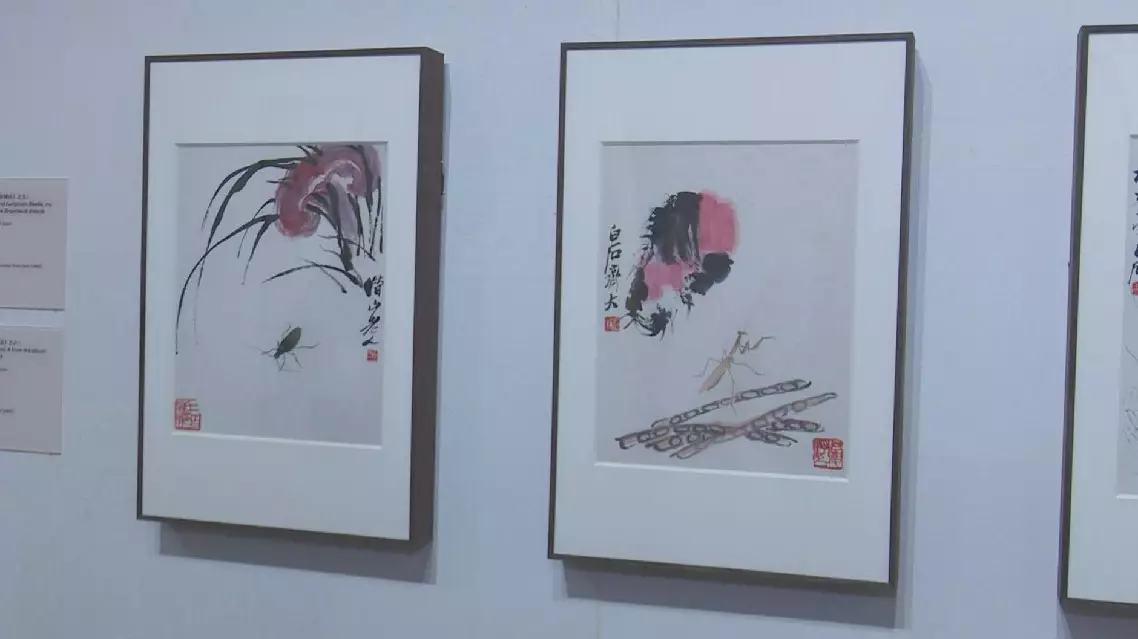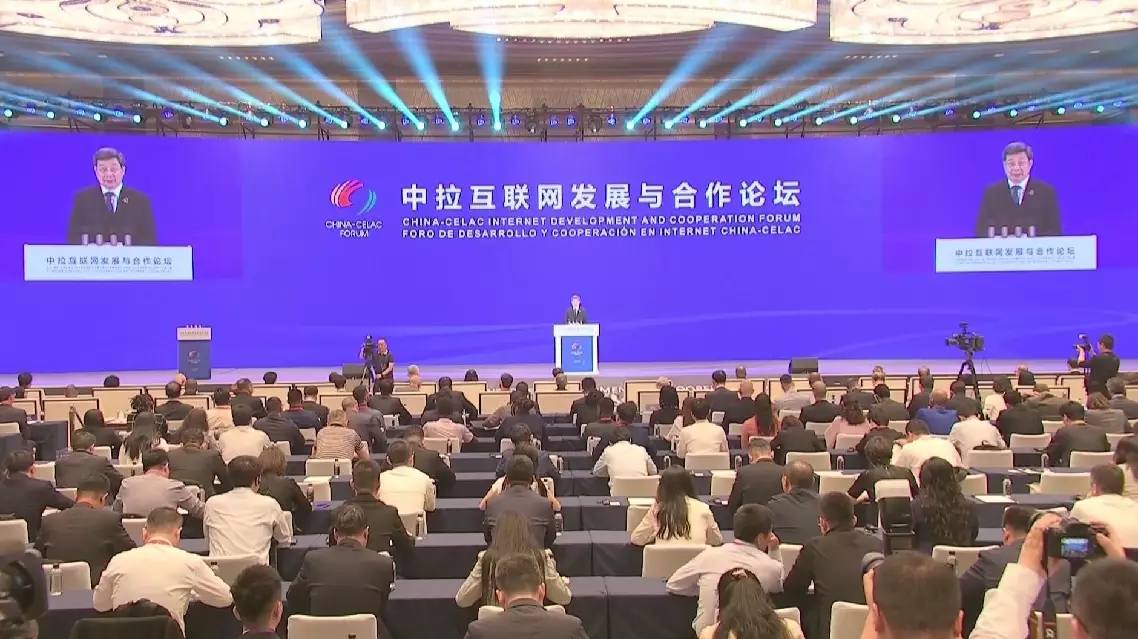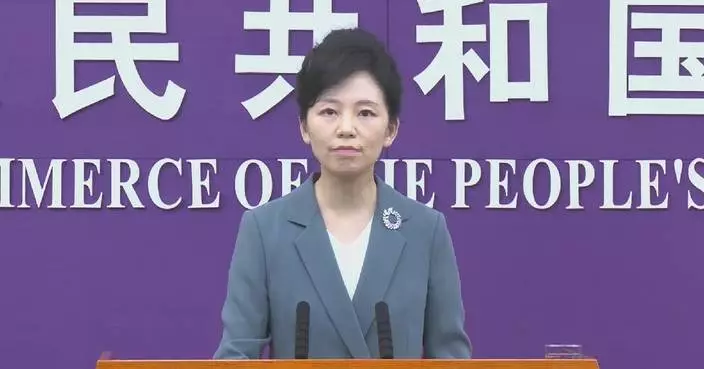Art enthusiasts in San Francisco are getting their first glimpse of the masterpieces by one of China's most renowned painters, Qi Baishi (1864-1957), through a special exhibition at the Asian Art Museum.
The exhibition titled "Qi Baishi: Inspiration In Ink" opened in the city in mid-December 2024, to mark the 160th anniversary of the artist's birth, and will stay open until April 7, 2025.
"Qi Baishi is one of the most important Chinese artists in the 20th century, and his artworks actually created lots of auction records. Qi Baishi, actually in the 1940s, 50s, was regarded as one of the avant garde artists and very contemporary, and also [he] refashioned, revitalized Chinese traditional ink painting," said Zhang Fan, curator of Chinese Art at the Asian Art Museum.
His work is being viewed as a bridge between Chinese ink painting and Western audiences. The exhibition marks the first time the 40 works of Qi Baishi are being shown in the U.S.
Enjoying the exhibition are art enthusiasts and artists, too, like painter Gary Bukovnik.
"It makes it look like, oh, I could do that, except it takes a lifetime to know how to just make it look like it doesn't take any effort whatsoever," Bukovnik said.
Qi's ink paintings depict ordinary moments and scenes, capturing the essence of nature's beauty and the delight found in life's simplest pleasures.
Among the works on display is a painting that depicts an everyday scene of an old man sending a tearful child to school.
"I was looking at this because I was a teacher. And so I thought a youngster going to school with a parent or grandparent. It's just like so typical of the family taking the children to school and then, okay, be good and learn all you can and all that. So, education and all that is so critical," said Betty Meissner, one of the visitors.
"I like the story that he told, how he came to paint the abacus, pursuing wealth without harming others," said Sally Whitehead, another visitor, observing the painting titled "Abacus".

Artworks of Chinese painter Qi Baishi now on display in San Francisco






















































